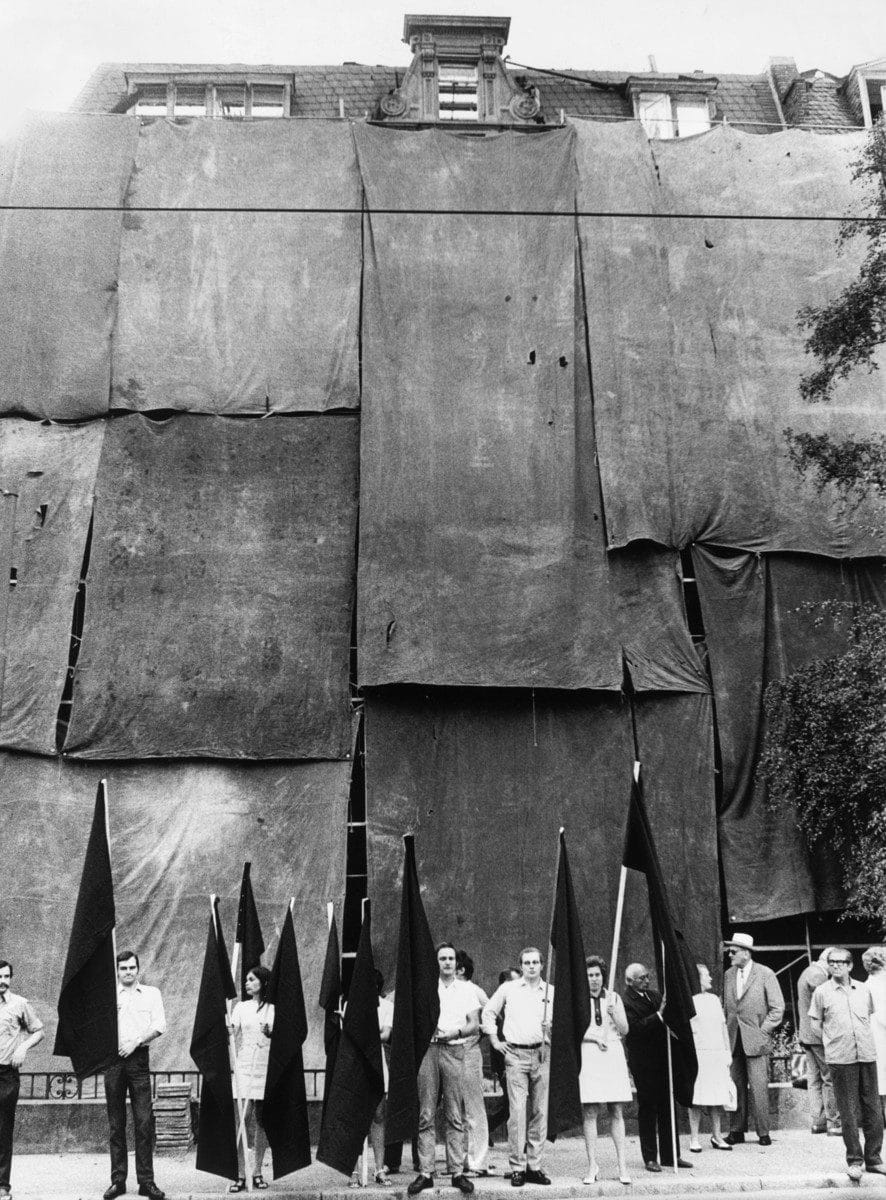The Frankfurt Westend was designated as an area for city expansion in the 1960s, and numerous intact buildings were demolished to make way for office high-rises. It was the subsequent development of civic engagement that led to a change in direction in local politics and the Hessian Monument Protection Act provided a legal basis for the protection of buildings for the first time in 1974. The Historicism buildings have been given new appreciation as architecturally relevant historical evidence through the citizens’ engagement with their own living space. However, it was also about preserving one’s own space. The conflict over the development of the Westend in die 1970s was exemplary for the subsequent monument discourses in Hesse and Germany.

The goal of the dissertation is to examine the significance of historical buildings and urban spaces, as well as the role of monument preservation in urban development processes. This should lead to increased awareness and a more conscious approach to historical urban spaces in future discussions about monuments.